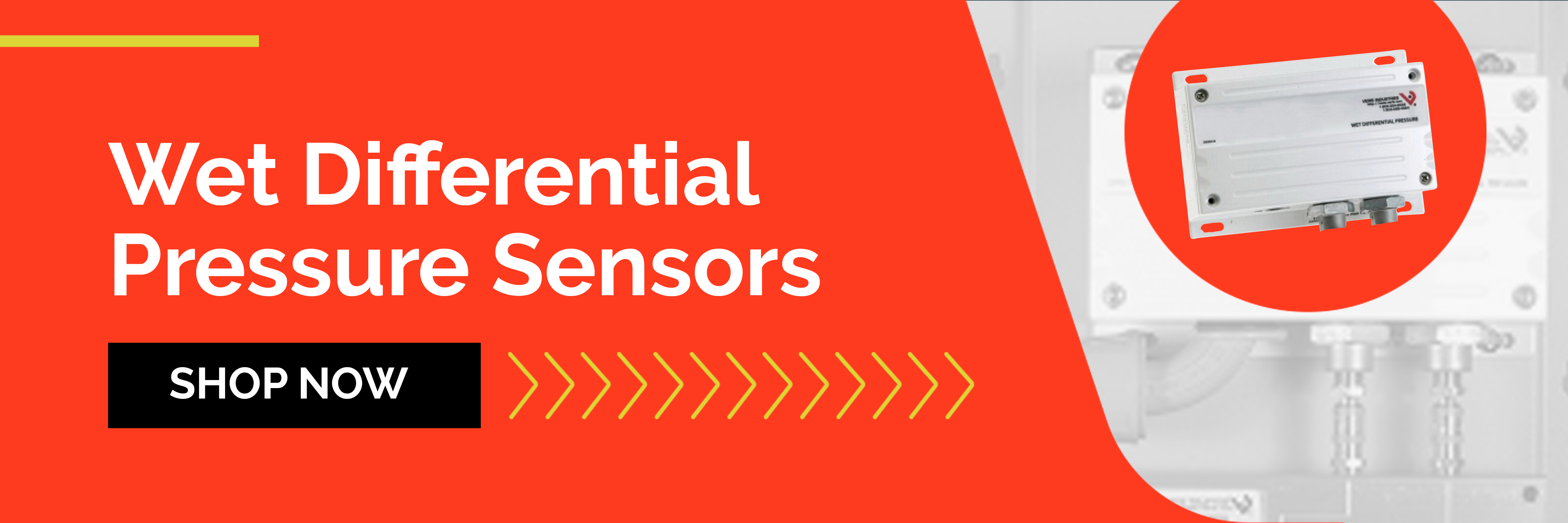Does Your Building Maintain Optimal Commercial Water Pressure?

Maintaining optimal commercial water pressure throughout a facility ensures an adequate supply for each user. Imagine operating a hotel where guests cannot take a hot shower because housekeeping is washing sheets and the kitchen is running a dishwasher simultaneously. The importance of correct commercial water pressure also holds true in hospitals, restaurants, fitness centers, apartment complexes, and office buildings, among others.
Building owners and property managers need to know the correct commercial water pressure range for their facility and the problems associated with mismanaged water resources. If you own, operate, or maintain a commercial property, these are critical things to consider regarding commercial water pressure.
What Is The Recommended Water Pressure For A Commercial Building?
Commercial water pressure typically runs 40-80 PSI (pounds per square inch) in a given facility. Architects and engineers often design a building to accommodate a target PSI that makes sense with its usage. The plumbing infrastructure is also geared toward handling water pressure within its parameters. When a facility’s actual water pressure runs too high or too low, it can have significant consequences.
What Causes Low Water Pressure?
The average user generally understands that low water pressure results in faucets and showers trickling instead of providing adequate delivery. While this can prove inefficient and even annoying in some cases, low commercial water pressure can also create a safety risk. When water pressure runs too low, fire suppression systems may not function properly. If your building’s PSI is below the expected PSI, check into the following.
- Clogs in Pipes
- Leaking Pipes
- Corroded Pipes
- Inadequate Plumbing Design
- Inadequate Water Supply
In some instances, a malfunctioning pressure regulator could throw off the facility’s PSI. Having the right tools and calibrations remains critical to calculating commercial water pressure.
What Causes High Water Pressure?
Some people view higher water pressure as a good thing. The idea of running multiple water sources and still enjoying a forceful hot shower is usually a perk. But costly damage can occur when commercial water pressure rises above the plumbing system’s limits. These rank among the common reasons PSI might spike.
- Water Being Oversupplied to Building
- Malfunctioning Pressure Regulator
- Closed Valves
- Thermal Expansion
- Insufficient Plumbing Design
If you notice your pipes are making a banging sound or drips are cropping up at various locations, the water pressure may be too high. When commercial water pressure is too high, it can damage pipes, create leaks, and result in waste. Every time someone opens a spigot, property owners are paying for water literally going down the drain.
Factors To Consider When Determining Optimal Water Pressure
There are wide-reaching factors that go into calculating the optimal water pressure of a commercial building. Its overall square footage, number of floors, type of plumbing system, and anticipated activities play a role in the PSI designation. If you are experiencing any of the following telltale signs of faulty commercial water pressure, consult with a licensed plumber or engineer.
- Discolored Water
- Foul Odor from Drains
- Uneven Water Pressure
- Failing Water Heater
- Gurgling Sounds
- Unusually High Water Bills
Wet floors and bowing or cracking pipes are also reasons for concern. It’s essential to take proactive measures to cure commercial water pressure problems before they prove costly.
How to Maintain Water Pressure in Your Commercial Building
It’s not always necessary to pay a licensed plumber to make an initial assessment of your building’s water pressure. One of the simplest ways to learn the PSI involves attaching a water pressure gauge to one faucet after another. Turn the water on full blast and the gauge will give you a reasonable estimate of the PSI. By running this DIY test on multiple faucets across various facility areas, you’ll have a good idea of whether the commercial water pressure is consistent throughout the plumbing system. These tools can help simplify the process of maintaining precise water pressure.
- Wet Differential Pressure Sensor: This sensor can be installed to measure the PSI inside the plumbing system. It can be used to identify sudden and long-term changes in water pressure.
- Pressure Reducing Valves: PRVs are often deployed to protect plumbing systems from high-pressure spikes. When the PSI reaches a tipping point, the valve essentially closes the water flow. It reopens when the pressure falls into the appropriate range.
- Backflow Preventers: These devices allow water to only flow in one direction. Should water pressure change or an anomaly occur, water cannot flow backward. They typically help prevent drinker water contamination.
- Booster Pumps: A booster pump does what its name suggests. A plumbing system experiences a decline in water pressure and the device works to get it back up to an optimal PSI.
- Expansion Tanks: These tanks are designed to handle the thermal expansion that occurs when water heats up. They help prevent high-pressure problems in a plumbing system.
If your pressure gauge readings indicate the plumbing system does not fall within the standard 40-80 PSI range, it’s advisable to consult with an expert. Going forward, it may be prudent to have devices installed to maintain proper PSI and avoid unnecessary problems.





